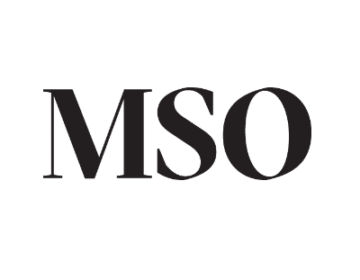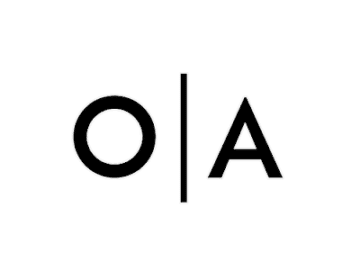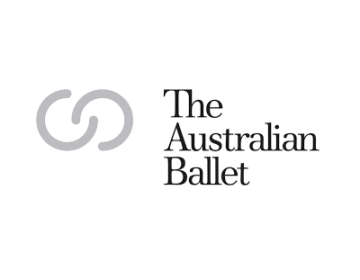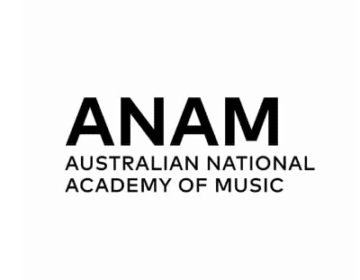- 74 Mount Street, Heidelberg, VIC, 3084
- Monday to Friday: 9am to 5pm
Audiology For Musicians
-
DWM Audiology > Our Services > Audiology For Musicians
DWM Audiology has a professional relationship with many musicians, groups and band members.
Musicians Hearing Services
We provide audiological services to the Melbourne Symphony Orchestra (MSO), Australian National Academy of Music (ANAM), Opera Australia and the Australian Ballet Orchestra. These services include personalised information to the orchestral musicians about their risk of damage, hearing tests and customised filtered/electronic hearing protection.
We provide the following specialised audiological services to musicians, sound technicians, D.J.’s and our music-loving patients:
- Hearing tests for musicians
- Evaluation and advice on the risk of hearing damage
- Customised filtered or electronic hearing protection for musicians
- Internationally-recognised expertise in tinnitus/hyperacusis/acoustic shock evaluation, therapy, lecturing and research. Our clinic provides support for many musicians concerned and anxious about these conditions.
- Expertise in fitting and programming hearing aids to support critical music listening and those with complex hearing difficulties
- Expertise in the specialised impression-taking for in-ear monitors.
What are the effects of hearing loss in musicians?
How do I know if I have a hearing loss? Clear non-distorted hearing is essential to you as a musician. Apart from a loss of volume, a sound-induced hearing injury can also lead to:
- A reduced ability to follow changes in the pitch and time pattern of sounds
- Recruitment. This is a distorted perception of the growth of loudness, so that impact and loud high frequency sounds are heard with a more grating or jarring quality.
- The risk of acquiring persistent tinnitus.
How can I protect my hearing?
Many patrons and therefore promoters expect music to be at high volume levels for full enjoyment. As a musician, you may not be able to change these expectations. You can, however, reduce your risk of sound-induced hearing damage by controlling the volume and duration of your sound exposure when performing, rehearsing and playing.
Damage relates to ‘how loud, for how long, how often.’ Regular breaks can reduce damage.
Musicians’ Earplugs
There are several companies who have developed a range of personalised earplugs designed for musicians. Our clinic provides Etymotic Research (ER) and PACS Pro Series musician’s earplugs. These earplugs are custom made in soft silicone, are comfortable to wear and designed to minimise occlusion (sensation of blockage), by ensuring that the earplug sits deeply in the ear canal.
The filter is positioned in a bore or open channel, with a choice of filters providing different levels of protection. The filters have a flat frequency response, which significantly reduces the high frequency distortion found with solid plugs, typically used with industrial noise protection. As a result, they provide attenuation (reduction) of sound without sacrificing the quality of music.
They also reduce the feeling of detachment from other band members and the audience often noticed with solid plugs. The Pro filters have the added benefit of water resistance for increased longevity.
In the PACS Pro Series for musicians, the lowest level of protection is the Pro-10, the next step is the Pro-15 or Pro-17. The Pro-15 has been designed to protect the high frequencies above 4KHz a little more (for orchestral players), while the Pro-17 provides a flat attenuation across the frequency range. The Pro-26 provides the highest degree of protection.
In the ER range for musicians, the lowest level of protection is the ER9, the next step is the ER15, and the highest degree of protection is the ER25.
The Pro filters are smaller, so these earplugs are more discreet, and can be more readily interchanged than the ERs. It is possible therefore to have one set of moulds made with interchangeable filters.
We provide Music Pro ER125-15 Electronic high fidelity ear plugs. These noise-reduction earplugs automatically adjust to changing sound levels. As sound levels increase, the earplugs gradually provide a choice of either 9 or 15 dB sound reduction, plus protection to impact sounds. Natural hearing is restored when sound returns to safe levels.
In-Ear Monitors
Another way of limiting the volume level of on-stage sound is using an in-ear monitoring system. This feeds your own vocal and instrumental sound directly to your ear via a small receiver inserted into a customised ear mould. The level of sound in your ear can be controlled and noise levels on stage substantially reduced.
We are experienced in taking the specialised ear impressions required for customised ear moulds used with in-ear monitors.
How do I know if music is too loud?
If temporary damage occurs repeatedly, the damage will become permanent. Having a sound-induced hearing loss will not protect you against on-going damage.
If you have to shout to be understood when practising, performing or listening to music, the likelihood is that the volume level is potentially damaging. Another indicator is noticing symptoms of temporary damage to your hearing after exposure to loud music. These include:
- tinnitus (ringing in the ears)
- muffled or distorted hearing for voices/music
The risk of injury varies significantly amongst different performers, depending on various factors including:
- The type of instrument(s) played
- The degree of amplification used
- Duration of the sound
- Your position on stage, for example, drummers tend to have more damage in the ear that is closest to the crash cymbal.
- The type of stage monitoring that is used.
People also vary significantly in their susceptibility to noise induced hearing injury.
Did you know…?
Under the Occupational Health and Safety (Noise) Regulations 1992, employers are required to ensure that employees are not exposed to noise exceeding prescribed noise dose limits.
Book an Appointment
Our Services
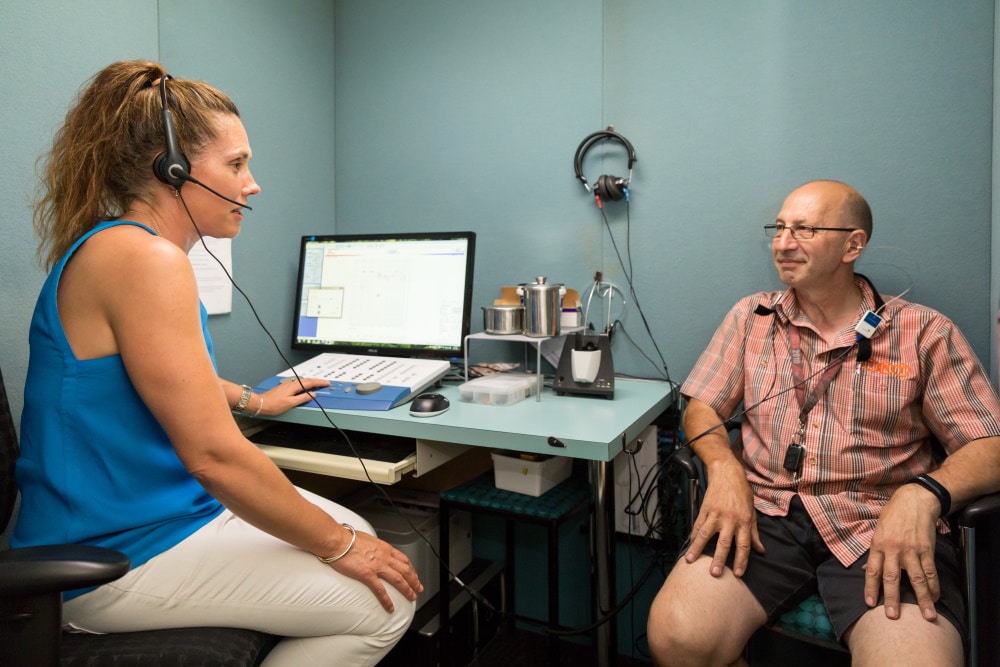
Hearing Tests for Adults
A reduced capacity to communicate has a significant impact on relationships, career opportunities, social connection, independent living and quality of life.
Read More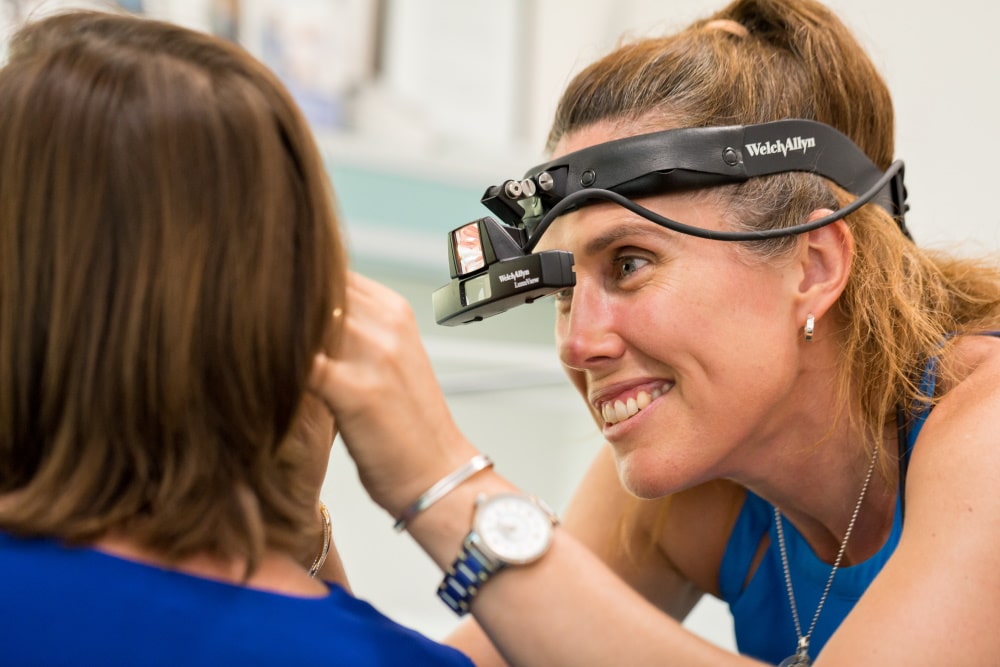
Do I Need A Hearing Aid?
We carry out a range of hearing tests that help determine whether you need a hearing aid.
Read More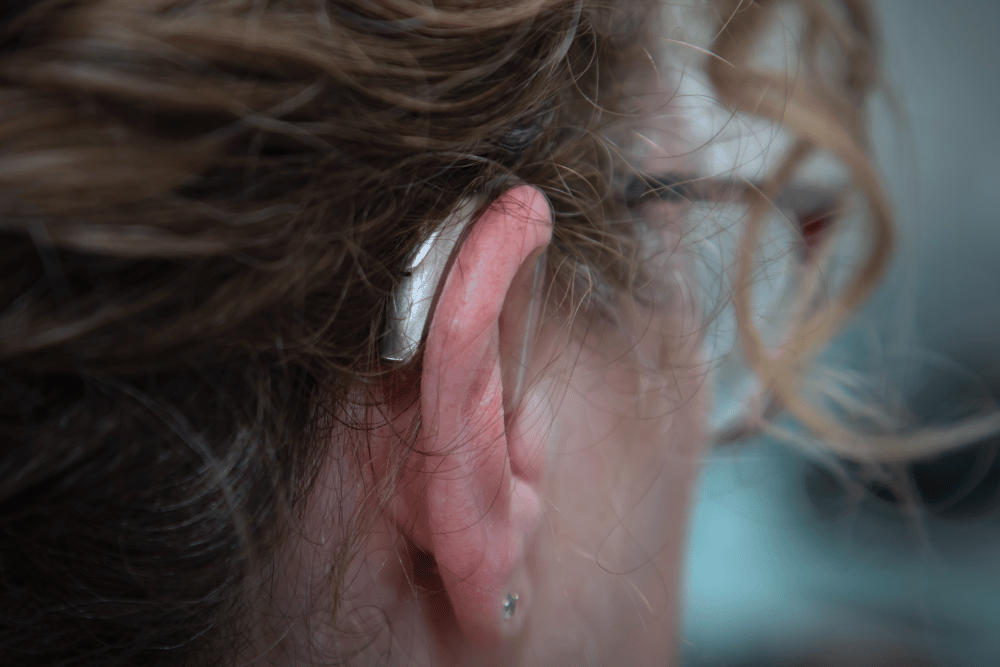
Choosing Hearing Aids
Hearing aids are available in three styles; BTE, RIC or are fully contained in the ear.
Read More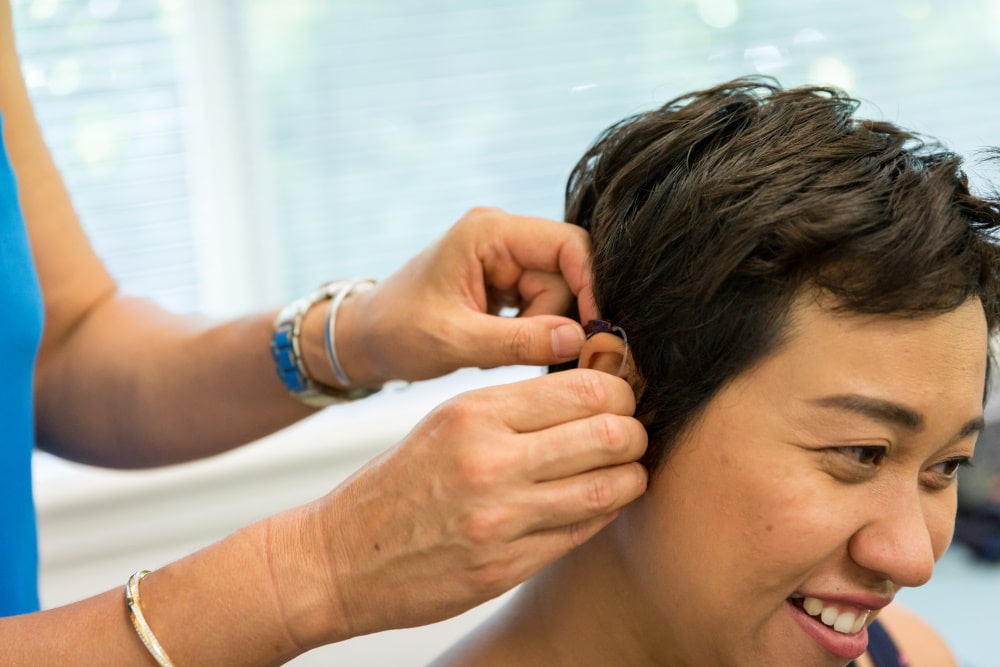
Getting Used To Hearing Aids
With new hearing aids your concept of “normal” hearing will need to be relearnt.
Read More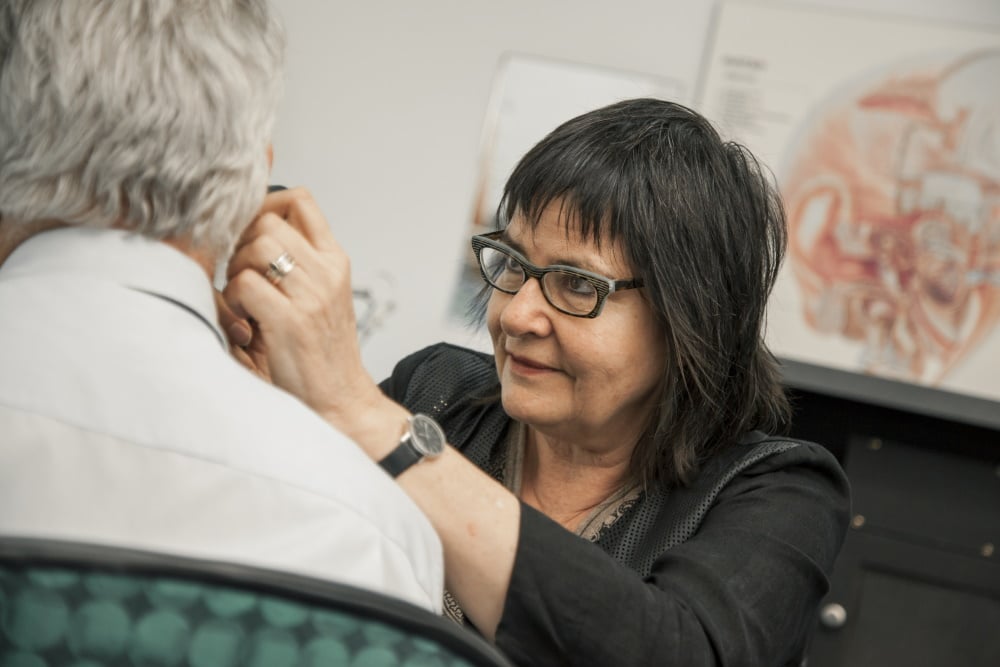
Fine-Tuning Hearing Aids
We have extensive training, experience and expertise in fine-tuning contemporary hearing aids to individual communication needs.
Read More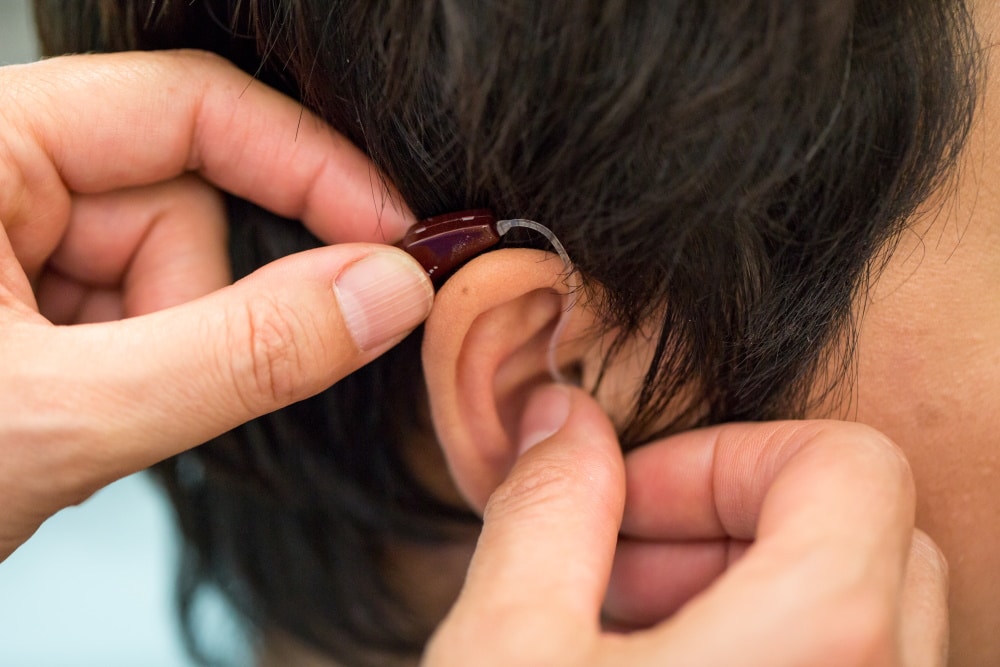
Hearing Aid Fittings
Your fitting package will include an instruction booklet and the accessories needed for maintenance and dehumidification
Read More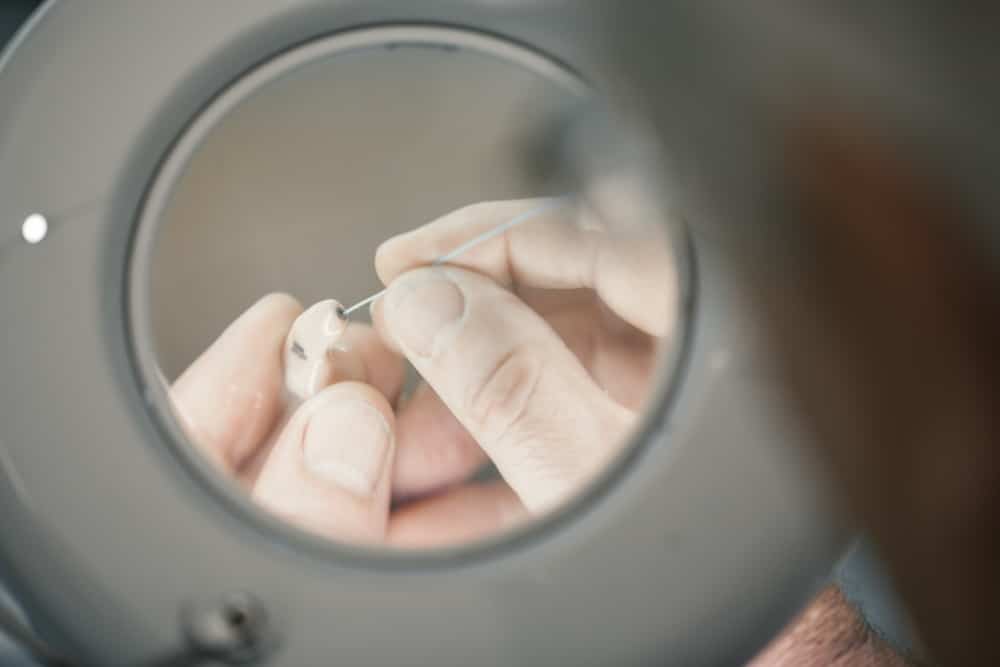
Hearing Aid Maintenance
To minimise the need for repairs and to preserve the life of your hearing aids, regular and thorough maintenance is essential.
Read More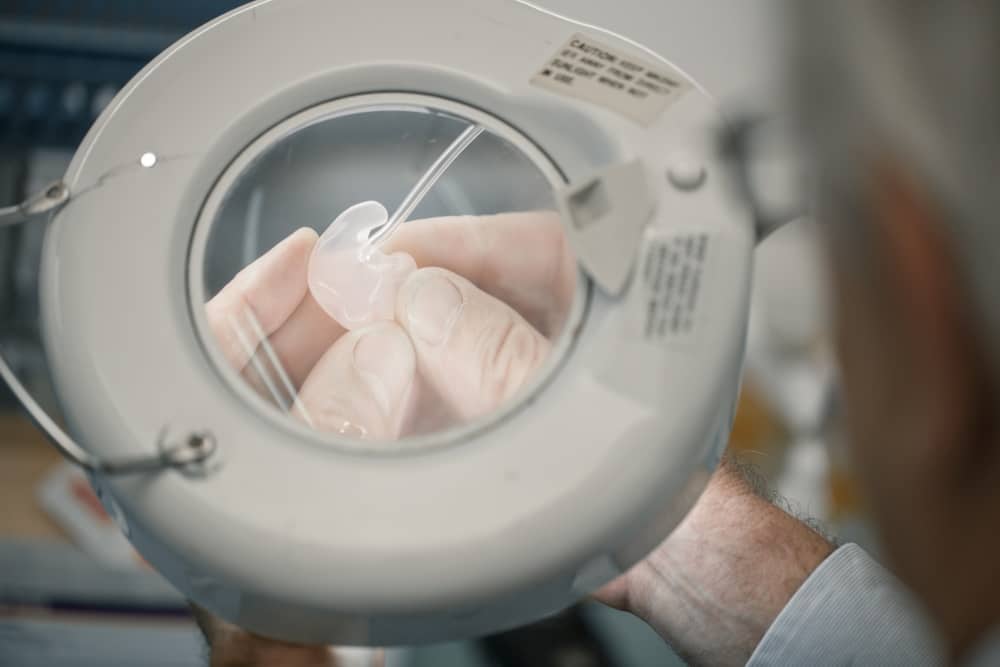
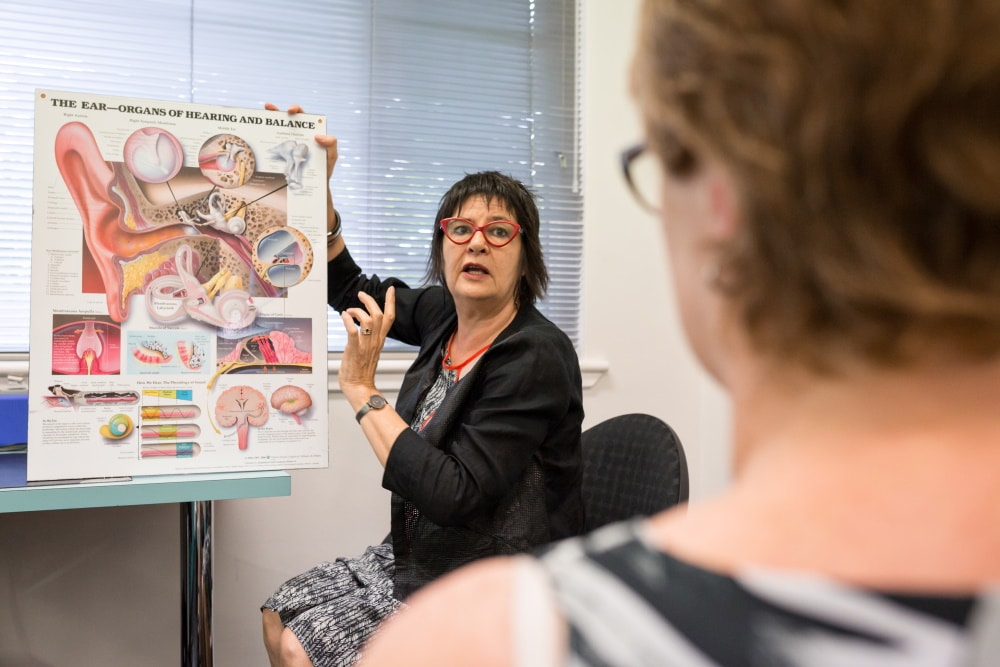
Hyperacusis & Misophonia
Both conditions have the potential to escalate, so that an increasing range of sounds become intolerable.
Read More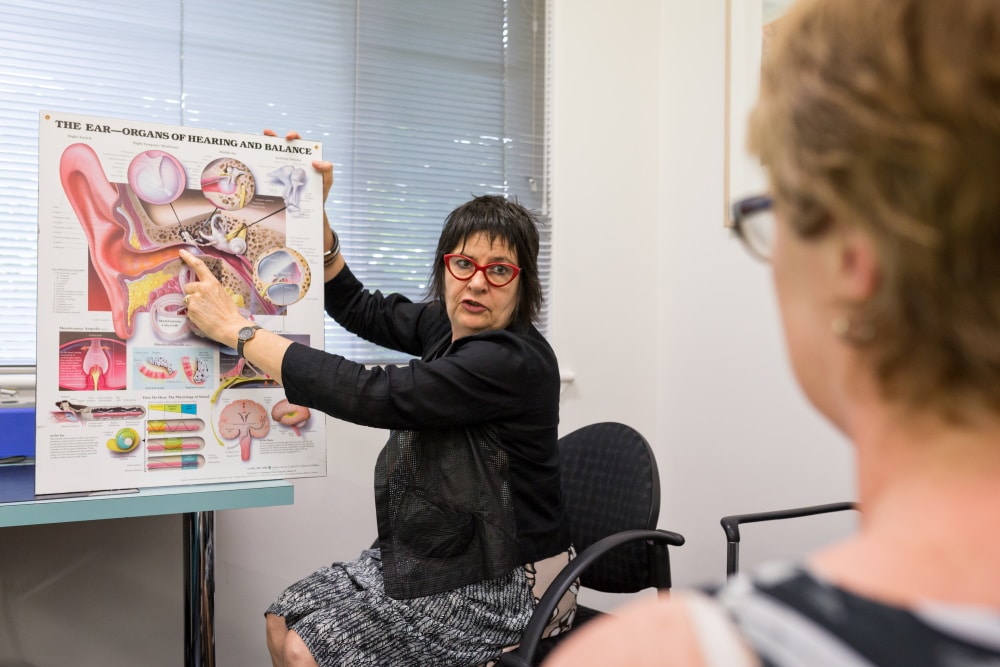

Misophonia
Misophonia is a strongly aversive response or abnormal sensitivity to certain specific sounds
Read More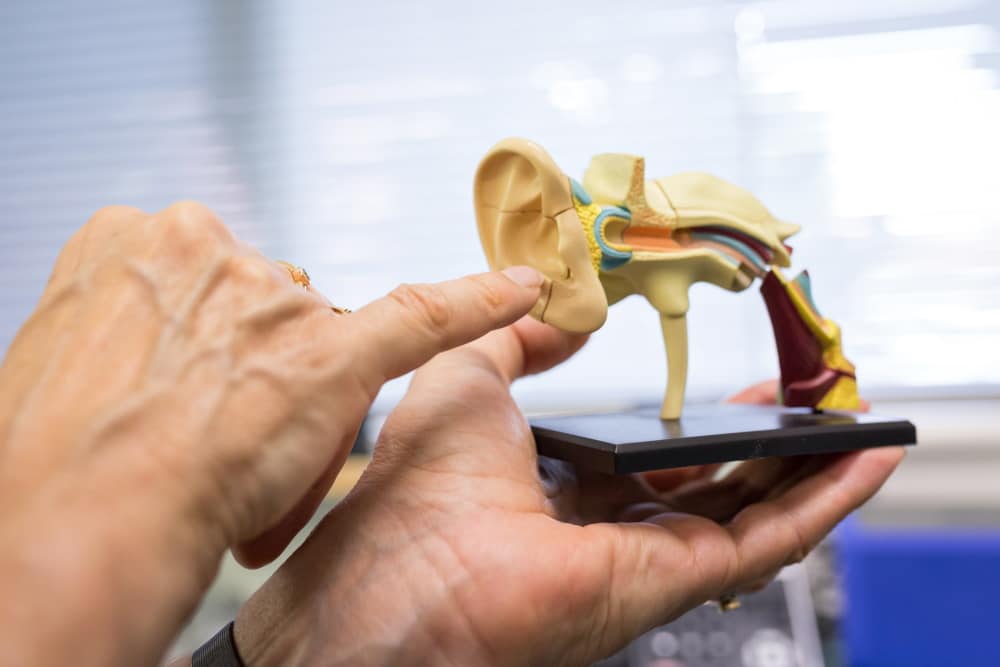
Tinnitus
Tinnitus is the term used to describe hearing any sounds which are not present externally.
Read More
Acoustic Shock
Acoustic shock is an involuntary fright/psychological trauma reaction to sudden, loud noises.
Read More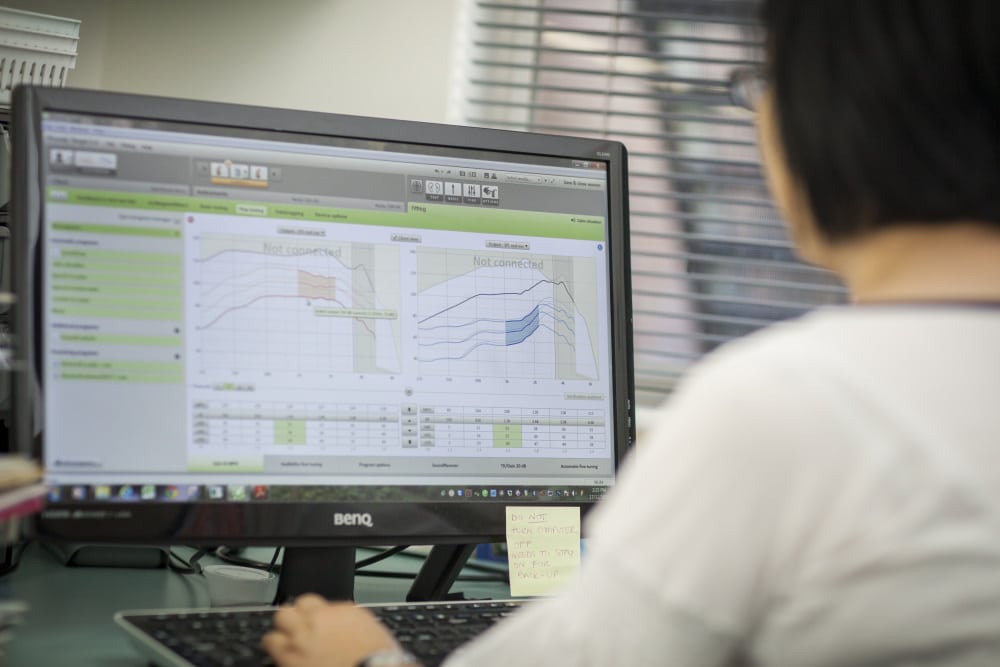
Auditory Processing
A Central Auditory Processing Disorder (CAPD, sometimes called APD) occurs when this process is impaired.
Read More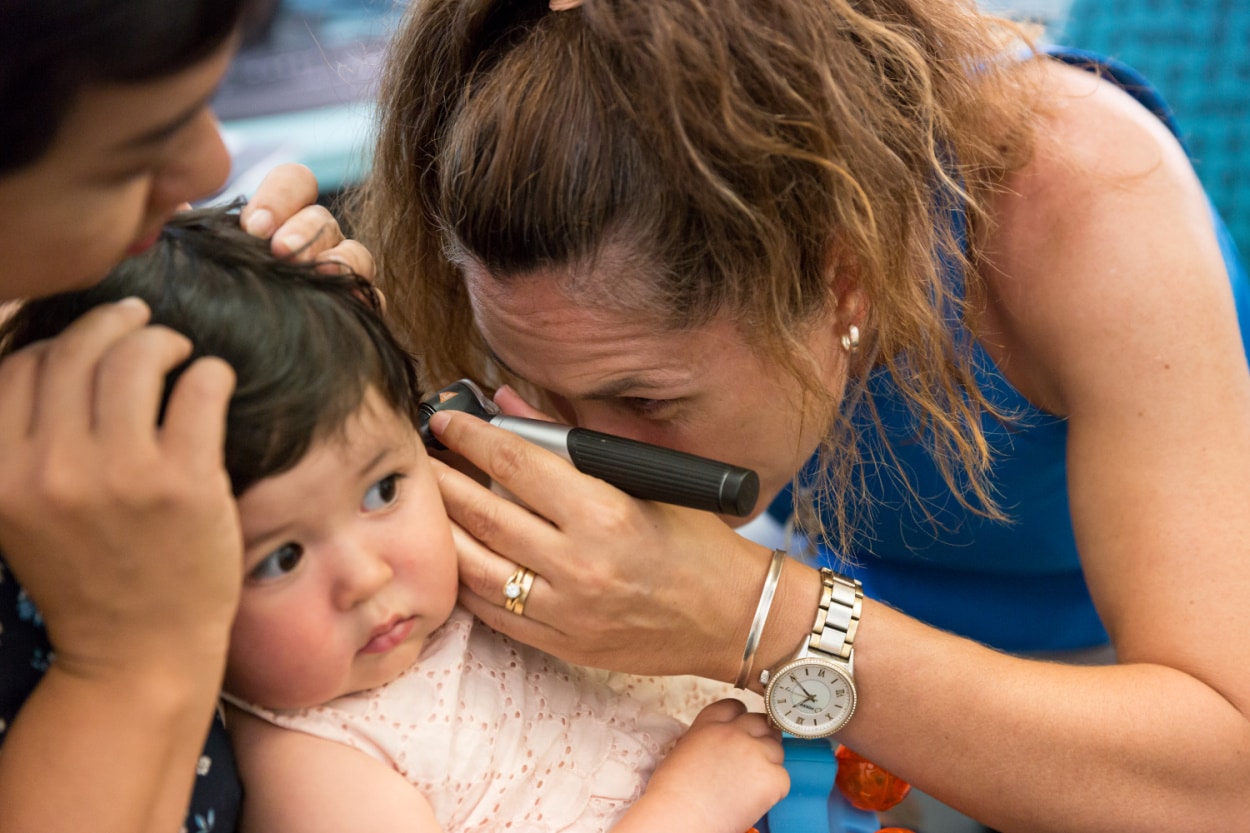
Hearing Tests for Kids
Hearing difficulties in school age children are known to have a significant impact on their social, behavioural and academic growth.
Read More
